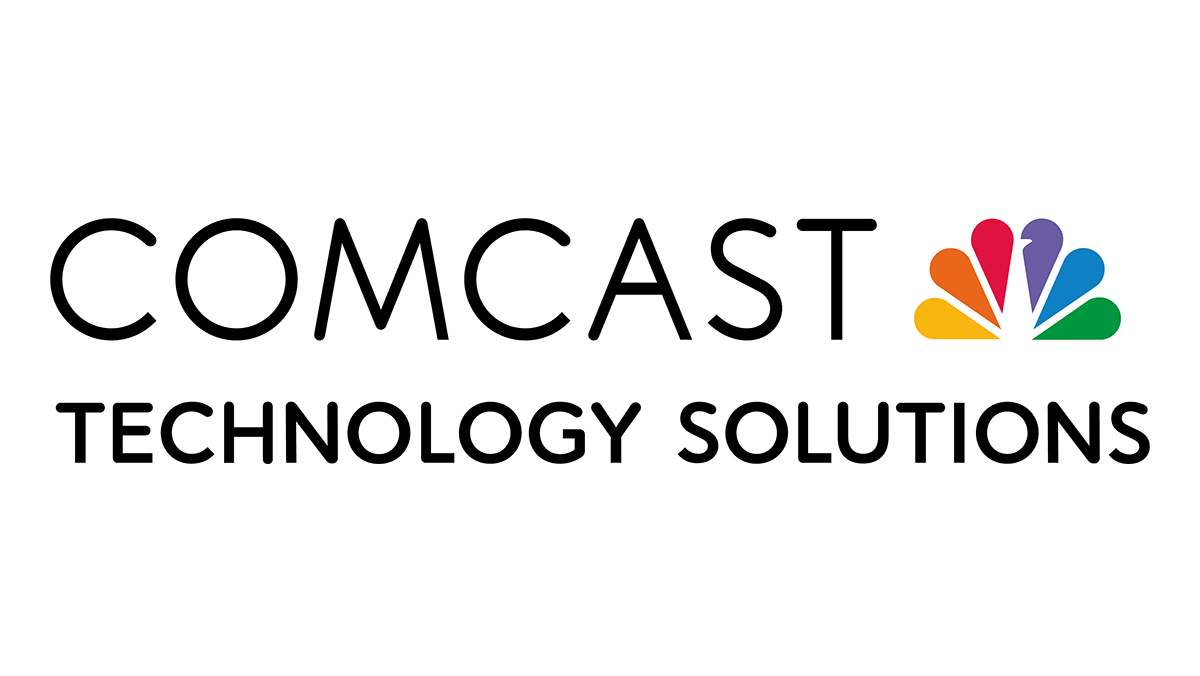Blue Skies Ahead for Cloud Video Workflows
Technology finds a range of uses, from production to supply chain to archiving

It’s fair to say that over the last 24 months, artificial intelligence has dominated the news headlines, while other technologies continue to evolve outside of the spotlight. In terms of cloud, more and more broadcasters are gaining confidence in the move away from traditional on-premises workflows.
The cloud is now being used across multiple workflows from content creation, to the media supply chain and archive, to broadcast, direct-to-consumer and streaming, where it can help to personalize the viewer experience and enhance content monetization.
In a time when many broadcasters and streaming services are looking to “do more with less,” the cloud provides flexibility and allows users to scale dynamically without the need for heavy upfront investments in hardware and infrastructure.
“It also helps them focus on projects that truly differentiate their businesses,” said Thomas Edwards, senior manager, solutions architect, Media and Entertainment, Games and Sports, at Amazon Web Services (AWS).
“Rather than concentrating on the undifferentiated infrastructure that all broadcasters use, they can focus on delivering value to their viewers. Cloud-based workflows help reduce the heavy lifting of racking, stacking, powering and cooling on-premises hardware.”
The cloud is finding a stronghold in multiple areas within the media industry but is particularly relevant for playout, live sports, remote production and postproduction.
“Cloud-based workflows enable real-time access to content, facilitating faster decision-making and reducing latency in live production environments,” said Charles d’Autremont, CEO and founder of multicam video production specialist Cinedeck.
Get the TV Tech Newsletter
The professional video industry's #1 source for news, trends and product and tech information. Sign up below.
“Postproduction has also been significantly transformed, allowing teams to collaborate seamlessly across different locations and enabling faster content delivery,” d’Autremont said.
But there are still challenges for broadcasters who want to take the leap into the cloud — particularly because of the “we’ve always done it this way” argument. Many users still associate broadcasting with dedicated hardware and have concerns about latency, security and cost structures should they make the move.
“To overcome that, broadcasters should start with hybrid models, where cloud playout complements on-premise infrastructure and can be seamlessly integrated into existing ecosystems,” said Gatis Gailis, CEO and founder of Veset, a cloud-native solution provider.
“It is also important to focus on education and training to help operational teams understand the efficiencies and capabilities of cloud workflows, to ensure they are on board with the digital transformation right from the start.”
But, as much as there are challenges to overcome in the move to the cloud, there are many benefits once there, including new opportunities to unify and rationalize workflows leading to greater transparency and efficiency.
“With careful planning and the right tools, cloud workflows can help broadcasters and media companies work more efficiently and increase productivity,” d’Autremont said.
“A major benefit is the reduction of redundant systems and workflows, leading to more streamlined operations. Additionally, cloud-based workflows offer flexibility and agility — assets can be accessed remotely, and cloud resources can be scaled up and down as needed.”
Breaking Down Barriers
There’s also a case to be made that moving to the cloud removes the traditional silos of the broadcast industry.
“The cloud removes these barriers and allows teams to work together more efficiently, regardless of location,” Gailis added. “By providing a shared, centralized environment where broadcasters and streamers can access, edit and distribute content, the cloud fosters closer collaboration between teams and partners and even across different networks for more agile content creation and distribution.”
Another area where broadcasters and streamers can find a use for the cloud is the adoption of artificial intelligence — particularly generative AI. It can help enhance the productivity of creatives, enabling them to generate enhanced metadata, as well as with transcription, translation, person identification and content summarization.
“All of these make it easier and faster to search through content archives and help to reduce more laborious, time-intensive tasks,” Edwards said.
There’s even the possibility that moving to the cloud can help the viewing experience. One benefit is that the cloud makes it easier to test additional functionality for workloads which can then be added to a broadcaster’s or streamer’s content offering.
“For example, you might add real-time transcription and translation of live video to reach more global users,” Edwards said. “You could also personalize content for viewers or even segment your audience and better target ads for enhanced monetization.”
The cloud can also ensure smoother, real-time streaming with less lag and better video quality across devices. It can also allow for more personalized content through targeted ads, making viewing more engaging. Cloud-based QC processes can also be used, enabling teams to address problems quickly and make real-time adjustments.
Codec Changes
Moving to the cloud will likely mean a change in codec from the traditional MPEG or HEVC to newer kids on the block such as AV1 or JPEG XS. But choosing the right codec includes several different factors, such as compression quality, latency, distribution cost and device support.
“It’s important for video service providers to start by carefully evaluating the codec, ABR ladder and quality settings of their encoding system with their content to ensure they achieve the results they want,” Edwards said.
“Every codec is a trade-off between quality, file size and processing requirements,” d’Autremont agreed. “For example, AVC/H.264 provides excellent video quality while maintaining a smaller file size, making it widely used for streaming.”
For Gailis, the choice is clear: JPEG XS. “It delivers high-quality, low-latency video while significantly reducing bandwidth costs,” he said. “For video-on-demand and distribution, AV1 is another strong candidate due to its superior compression efficiency, reducing streaming costs while maintaining high video quality.”
Copyright 2025 NAB
Jenny has worked in the media throughout her career, joining TVBEurope as editor in 2017. She has also been an entertainment reporter, interviewing everyone from Kylie Minogue to Tom Hanks; as well as spending a number of years working in radio. She continues to appear on radio every week and occasionally pops up on TV.

